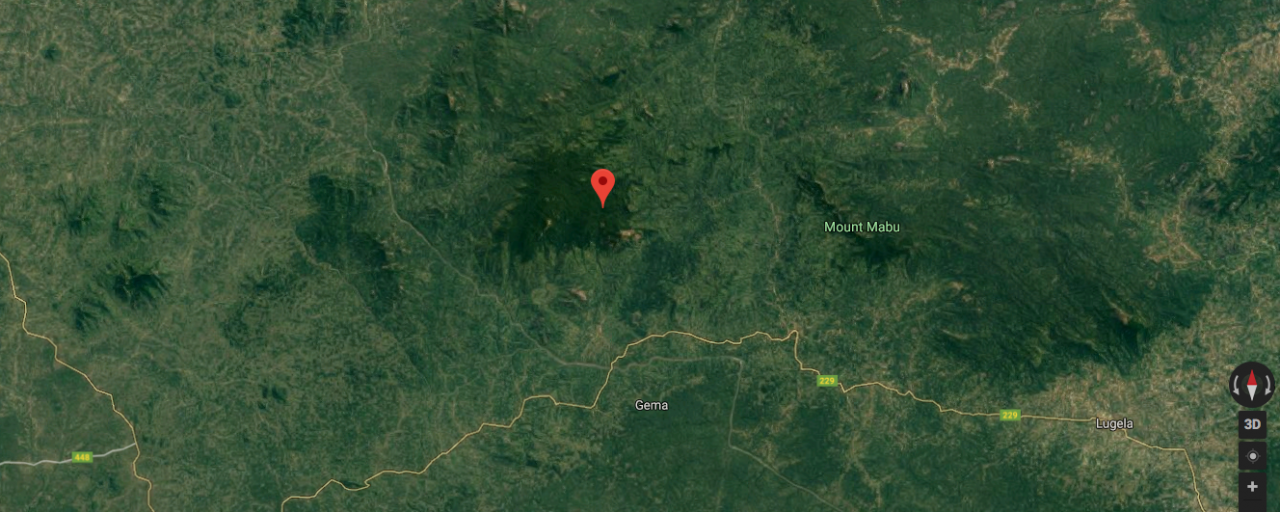Submitted by SafariADV on Mon, 2018-07-16
These days it was released the documentary that tells the expeditions, and the related discoveries, in what was called the "Google forest".
Few people know, or remember, that one of the last great naturalistic discoveries was made thanks to the satellite technology used by Google Earth, that made it possible to identify, for the first time, a pristine forest in Mozambique.
Dr. Julian Bayliss, of the Kew Royal Botanical Gardens, used the Google application to try to identify unexplored areas and places of biodiversity in Mozambique, a country that, until a few years ago, had remained isolated and little explored, due to the civil war .
Bayliss discovered, in a remote area of Mozambique, a mountain, actually an ancient dormant volcano, inside which there is a primary rainforest.
Unknown to scientists and mostly undisturbed by human intervention, this mysterious mountain, is covered by a dense pristine rainforest that seems to rise from a golden ocean of savannah
In addition to the ecological isolation from the surrounding savannah, the mountain remained isolated due to political events: the civil war that devastated parts of Mozambique from 1977 to 1992 helped to preserve this area intact; moreover, the lack of access roads to the area and the limited knowledge of the existence of the forest served to protect this region.
The Mabu Mount is about 1,700 meters above sea level and it is believed that its forest is the largest medium-altitude rainforest in Southern Africa.
The locals knew about the existence of this mountain, while scientists had never known it before 2005.
Further research has confirmed that the Mabu Mount had never been mapped, and therefore remained unexplored, it had never been mentioned in scientific collections or in literature all over the world.
After its discovery numerous expeditions followed in that new fascinating corner of Mozambique and the discoveries were remarkable: the expeditions have collected and brought back more than 500 specimens of plants of which 5 new species, they have discovered a kind of pygmy chameleon, a viper, previously unknown, and two other species of snakes that are new to science, four new species of butterflies, a crab, a new shrew, a pseudo-scorpion, some species of frogs, snails, bats, a catfish and several species of insects.
In addition to the tropical plants in this forest are also blue duiker antelopes, samango monkeys, elephant shrews and almost 200 different types of butterflies.
Mount Mabu also hosts a large variety of birds, some species are rare or endangered, and among the 126 identified species, six species of birds threatened with extinction globally were found.
Thanks to this discovery, the area has been subjected to conservation measures to prevent commercial logging in the Mabu forest by the Mozambican government.



